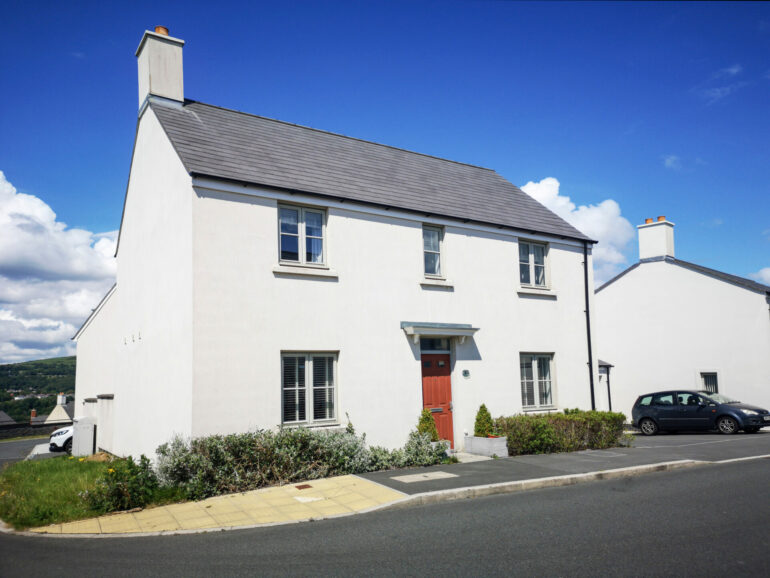New analysis from Zoopla has revealed that sellers of detached properties have secured the largest gains in the housing market over the last 18 months, earning average profits more than double those achieved by flat owners.
The findings highlight how home size has become a key driver of value, reflecting ongoing demand for larger, family-style homes.
Across England and Wales, sellers made an average gain of £72,000, representing a 38% rise in value since purchase.
Detached homes led the market with average profits of £122,500, a 45% increase, while semi-detached properties followed closely with £80,000, equivalent to a 44% gain. In contrast, sellers of flats saw the lowest returns, averaging £27,000 or 15% growth.
Terraced homes delivered average gains of £64,250, representing a 40% increase in value.
The data shows the average homeowner sold after nine years of ownership, with detached homes achieving gains 70% higher than the national average.
Zoopla attributed the flat-owner shortfall to changing buyer behaviour, affordability pressures and post-pandemic lifestyle shifts that continue to favour larger properties with more space.
Zoopla’s analysis also identified a “tenure trap” among owners who held their homes for 15 to 20 years, many of whom earned less than those who sold after a shorter 10 to 15-year period.
In Northern England, this longer-term cohort averaged gains of £45,000, £30,000 less than those who sold sooner, due to slower house price recovery following the global financial crisis.
London and the South East continue to dominate in monetary gains, with average sellers in the capital securing £130,000, enough to buy an average-priced home outright in several northern local authorities.
Sellers in the South East averaged £94,000, while those in Wales and the Midlands recorded smaller sums but higher percentage increases, up to 45%.
Richard Donnell, executive director at Zoopla, said: “British homeowners are sitting on sizable capital gains from years of historic house price inflation which varies widely by geography and property type.
“The scale of gains from historic price inflation is unlikely to be repeated in future with lower levels of annual price inflation in more recent years than in the past.
“Estate agents currently have the highest stock of homes for sale in over seven years.
“This is boosting choice for buyers meaning it is very important that sellers are realistic over how they set their asking price.
“Homes that attract limited interest and require a price reduction can take twice as long to sell.”
Nathan Emerson, CEO of Propertymark, added: “The stronger capital gains seen in larger family homes reflect a continued imbalance between housing supply and buyer demand in this segment of the market.
“Detached and semi-detached properties, particularly those with outdoor space and room to grow, have remained highly desirable, especially following shifts in lifestyle and working patterns post-pandemic.
“However, flats, particularly those in urban centres or with shorter leases, have seen more modest growth due to affordability constraints, leasehold complexities, and evolving buyer preferences.
“This highlights the need for a targeted housing policy that supports a wider mix of new homes, ensures leasehold reform progresses, and meets the needs of both growing families and first-time buyers.”



